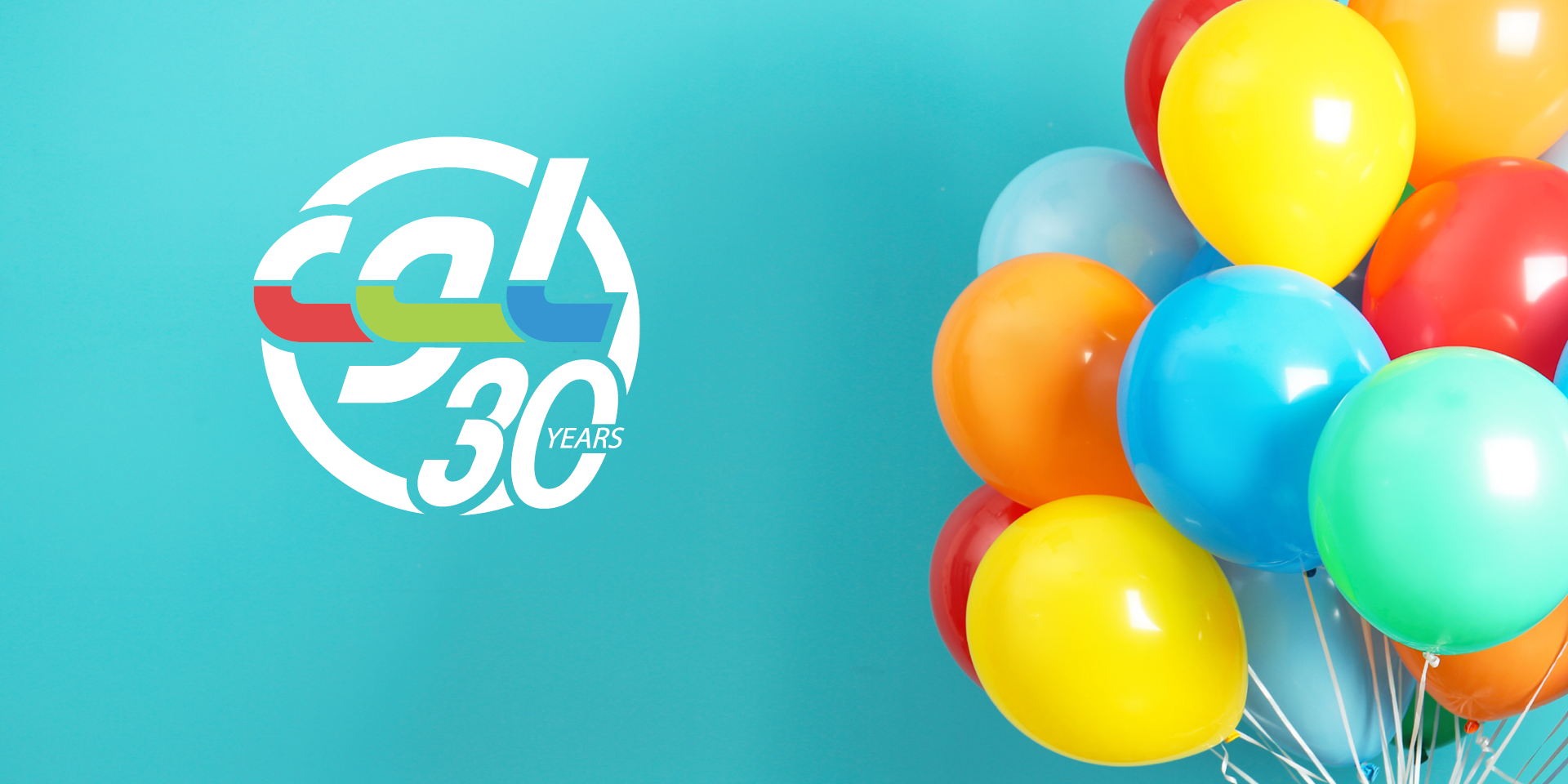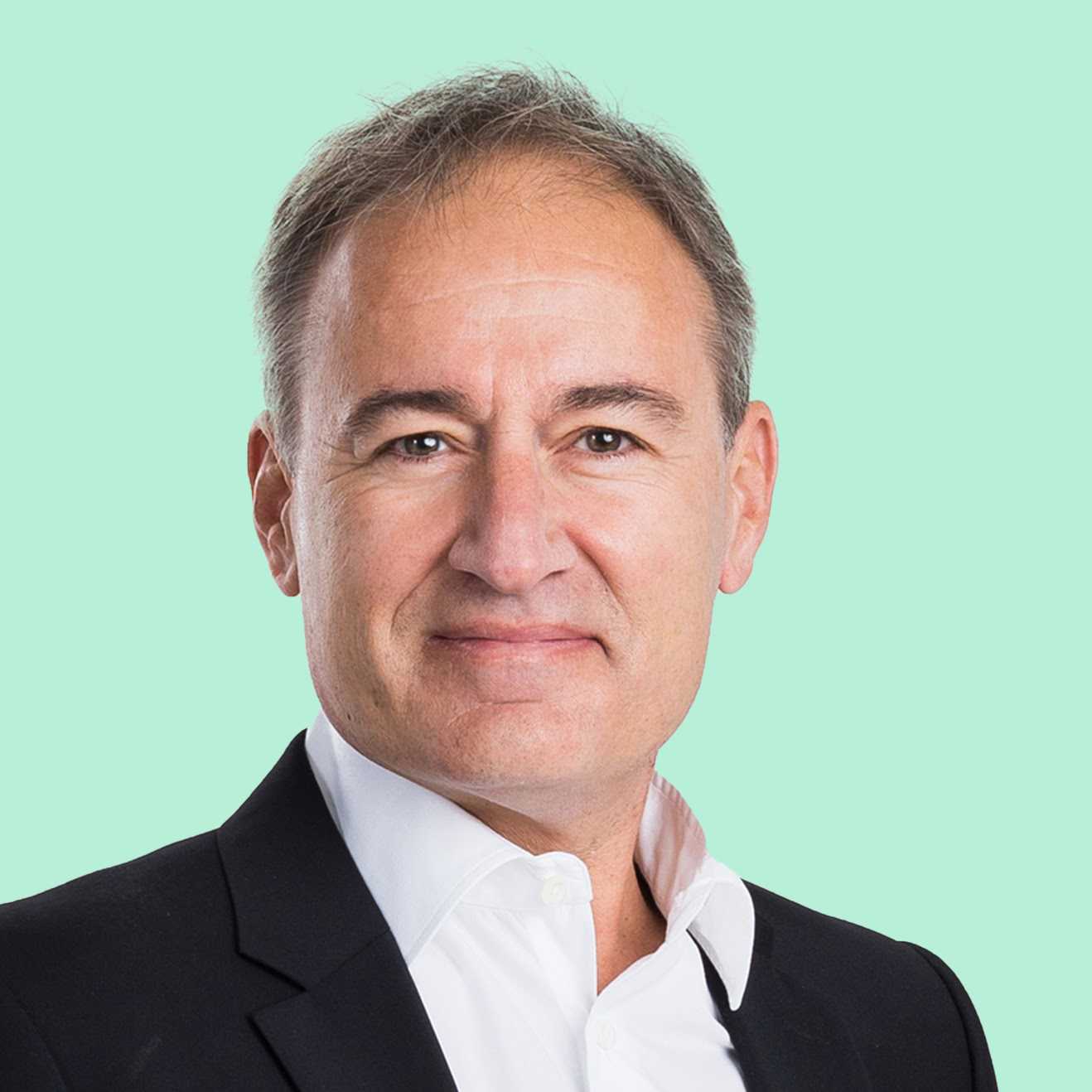Computer Graphics Lab: 30 years at the forefront of research and innovation
This year marks the 30th anniversary of the Computer Graphics Lab (CGL) at ETH Zurich, founded in 1994 and still led today by Professor Markus Gross. CGL celebrated this milestone last week with a symposium attended by numerous guests and former members of the lab. It was an opportunity to reflect on CGL’s legacy, discuss current hot topics and look to the future.

Over the past three decades, CGL has been at the forefront of research in computer graphics, making significant contributions to the field and helping to shape it into the scientific discipline it is today.
When Markus Gross joined ETH Zurich in 1994, the field of computer graphics was largely viewed as what he calls “a stepchild” in the computer science community. It took some time for the field to establish itself as a legitimate discipline with the necessary scientific rigor and a selective peer-reviewed publication process through conferences like ACM SIGGRAPH and journals like ACM Transactions on Graphics.
Earning that standing was in part the result of the pioneering work by CGL researchers, some of which has had a lasting impact in academia and helped create entirely new industries. But the lab has not only excelled in research. It has also been fertile ground for the creation of fourteen start-ups, eleven of which are official ETH spin-offs, and a prolific talent factory from which 72 doctoral students and hundreds of Bachelor’s and Master’s students have graduated. Many of CGL’s alumni have gone on to launch highly successful careers in academia, industry or as entrepreneurs. Their bond with the lab and Markus Gross continues to this day, as can be seen from their congratulations on CGL's 30th anniversary.
“The best decision I’ve ever made”
It all started in 1994 when Markus Gross took the risk of declining tempting offers of senior permanent positions from Germany in favor of an untenured junior professorship at ETH. “As a young father of two children and single breadwinner, I was hesitant at first, but ETH ended up convincing me. It was the best decision I’ve ever made”, says Gross.
The computer science department was still very young and much smaller back then than it is today. Computer Graphics as a subject enjoyed great popularity among students and adding it to the curriculum was perceived as a necessary move in the department’s strategy. Hiring Gross and entrusting him with building a group from scratch was the first step in that direction. Gross had brought along some of his collaborators from the Fraunhofer Institute for Computer Graphics and the Technical University of Darmstadt where he had been a postdoc and group leader before joining ETH. He was then quick to hire ETH students who knew the Swiss system of higher education. This was crucial as in the first few years CGL had to heavily invest both time and money into creating courses for undergraduates. “This was a time when PCs didn’t have 3D graphics capabilities, so we had to buy these very expensive graphics workstations from Silicon Graphics, the leading manufacturer back in the day”, Gross recalls. “We wouldn’t have been able to build such a graphics laboratory for lectures and practical exercises, had it not been for the generous resources ETH put at our disposal.”

“We wouldn't have been able to build such a graphics laboratory for lectures and practical exercises, had it not been for the generous resources ETH put at our disposal.”Professor Markus Gross
Those efforts slowed the group down on the research front. But they would eventually pay off. Two years later, the lab got its first scientific paper accepted at SIGGRAPH, the foremost scientific conference in the field of computer graphics. It was a watershed moment: “After that, we landed SIGGRAPH paper after SIGGRAPH paper, our reputation skyrocketed”, says Gross.
Focus on people and the road ahead
According to Gross, one of the secrets for his success with CGL has been the focus on always working with the best possible talents. Gross is grateful for the excellent relationships he cultivates with his alumni, many of which he still meets occasionally for lunch or a drink. He also values the support of mentors like his doctoral advisor José Luis Encarnaçao and Ed Catmull, the co-founder of Pixar Animation Studios. “Catmull once said to me: ‘If you want to achieve something truly remarkable, you must not shy away from surrounding yourself with people who are smarter than yourself`. I took his advice seriously and pass it on to young academics whenever I can”, says Gross.
As far as the future of CGL is concerned, Gross is optimistic: “We have Professor Barbara Solenthaler who is of great help, she’s gradually taking over the lead on the research projects that lie outside of DisneyResearch|Studios. I think, with her and the rest of the team, CGL is well positioned for a bright future.”
CGL RESEARCH HIGHLIGHTS OVER 30 YEARS
The research highlights over 30 years CGL can be grouped into the folowing five areas:
Point-based graphics (PBG): In the early 2000s, CGL embarked on a decade-long research project to explore the use of three-dimensional points as fundamental building blocks for computer graphics. The idea was that a point is much simpler than a triangle, which is traditionally the geometric shape of choice for modelling complex 3D objects. In some contexts, the use of triangles turns out to be very inefficient as it requires a lot of storage and computational resources. The group had to overcome several tough technical challenges both on the software and hardware side, but it ended up proving that points were a viable alternative. This work resulted in the development of the first and only point chip, a point-based graphics architecture that has since been adopted by the entertainment and consumer electronics industries. Gross and coworkers also built a software called Pointshop3D which was, back in the day, a very popular generalisation of Photoshop for 3D images. The work on PBG had its culmination in a book titled Point-based Graphics that Gross co-edited with Harvard professor Hanspeter Pfister. Today, triangles remain the most popular computer graphics primitive, but Gross predicts that due to their simplicity and efficiency, points-based graphics will have a renaissance sooner or later.
Digital humans: Markus Gross’s research on digital human faces began long before he moved to ETH. In the early years of CGL, the group worked in projects related to simulations for facial surgery. One of those projects was conducted with the University Hospital of Zurich. That was the origin of the lab’s efforts to build out high-quality digital facial models of humans that are controllable, animatable and physically correct. It wasn’t long until The Walt Disney Company took note. In 2008, DisneyResearch|Studios was established in Zurich with Markus Gross appointed as its director. He was later also named Chief Scientist of The Walt Disney Studios. This stream of work eventually led to the creation of a suite of technologies for facial performance capture, the digital recreation of the facial movements of a human actor. In the meantime, this technology, named Medusa Anima, has been used in at least 50 Hollywood films. In 2019, its creators were recognised with a Sci-Tech Oscar. More recently, these refined technologies for face modelling have been repurposed for medical applications. One project is about cleft surgery for little children. It’s funded by the Botnar Foundation, a non-profit organization based in Basel that makes the technology available in low-income countries. It all comes down to modelling and 3D-printing a little plate that gets implanted in the children’s mouth. That simplifies the treatment while also reducing pain when the children eat or drink. Thanks to the prosthesis the number of required surgical procedures is reduced from three to one.
Physically based modelling: The work on advanced techniques for the simulation of objects and phenomena that obey the laws of physics also started early on within CGL. These techniques were a critical part of the success of the digital humans technology, in particular the applications in surgery. Unsurprisingly, visual effects artists have been among the first to use them. CGL open-sourced all these technologies which helped speed up their adoption. Key to the success of these simulation methods is striking a balance between adherence to the laws of physics and leaving room for creative artistic expression. It is apparent that Gross and his CGL colleagues have managed to thread that fine line as it was this technology that earned them their first Sci-Tech Oscar in 2013. This same line of research also bore fruit in the form of a physics engine to create real-time simulations for computer games. Gross and some of his students founded a spin-off called NovodeX to commercialise that technology. In 2004, NovodeX was acquired by Ageia, a fabless semiconductor company, who used the technology to build physics processing units (PPU). Ageia was in turn bought by NVIDIA in 2008. The physics engine technology and the CGL alumni that developed it formed the seed of the NVIDIA research team in Zurich, which remains active today.
Telepresence: One of the pioneering projects Gross is most proud of is a virtual reality system called blue-c that resembled a holodeck. It was a 3 million Swiss francs project and it was well ahead of its time. Using this technology, two or more people were able to meet in virtual spaces. The CGL papers on the project still get cited as telepresence is coming back strong again.
Dybuster: This line of work was born as a personal project in which Gross combined his knowledge of computer graphics, multimodality, machine learning and information theory to create a computerised training system to help children affected by dyslexia. With the help of his Master’s student Christian Vögeli, Gross built a version of the system that proved very effective in tests with third- to fourth-graders. They created a company called Dybuster that delivered the system very successfully to Swiss elementary schools. There are now versions of it in five languages, and it’s no longer limited to dyslexia. It also helps with language training, and even with dyscalculia. To date, more than 100 000 children have benefited from it. Gross rates it as of the most rewarding projects he’s ever worked on.